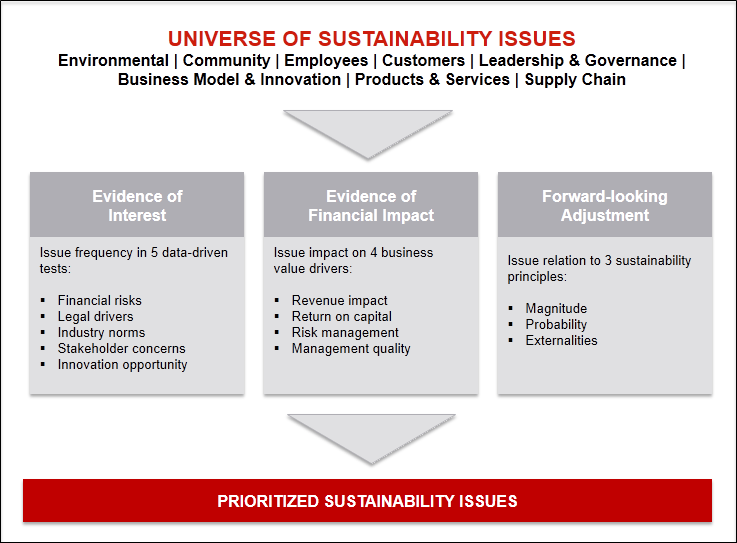
Materiality Matters Sustainability Standards for the Form 10K CEF
SASB's Materiality Map identifies likely material sustainability issues on an industry-by-industry basis. Click on a highlighted cell at the sector-level and then on any highlighted cell at the industry-level to see suggested accounting metrics and additional information for each issue This map serves as a snapshot of likely material sustainability issues at the time of our initial analysis.
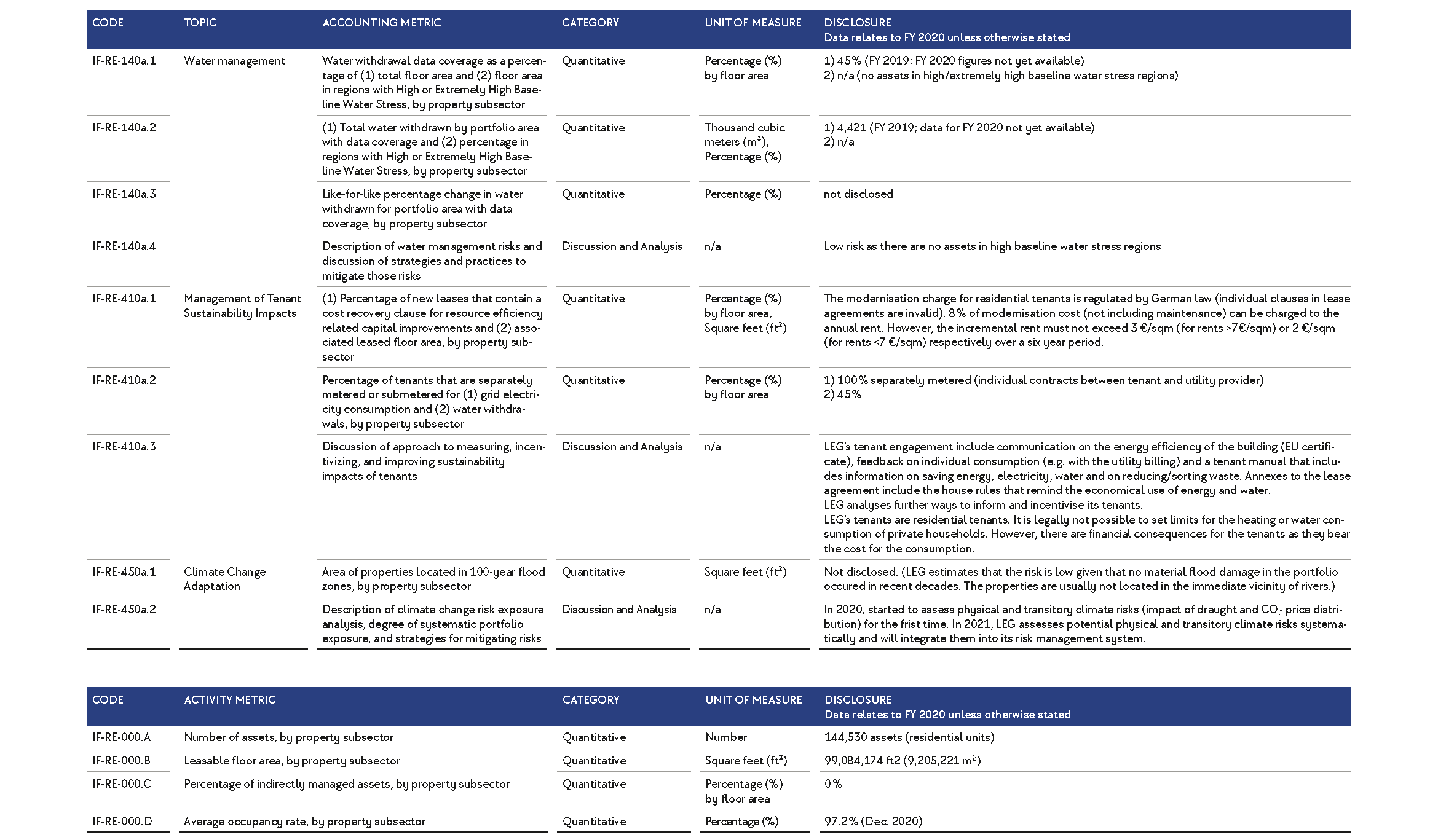
Sustainability Accounting Standards Board (SASB)
The SASB Materiality Map® is a visual tool that was developed by the Sustainability Accounting Standards Board (SASB) to showcase the sustainability topics that are most relevant to different industries. It categorizes sectors and highlights specific environmental, social, and governance (ESG) issues that are considered materially important.
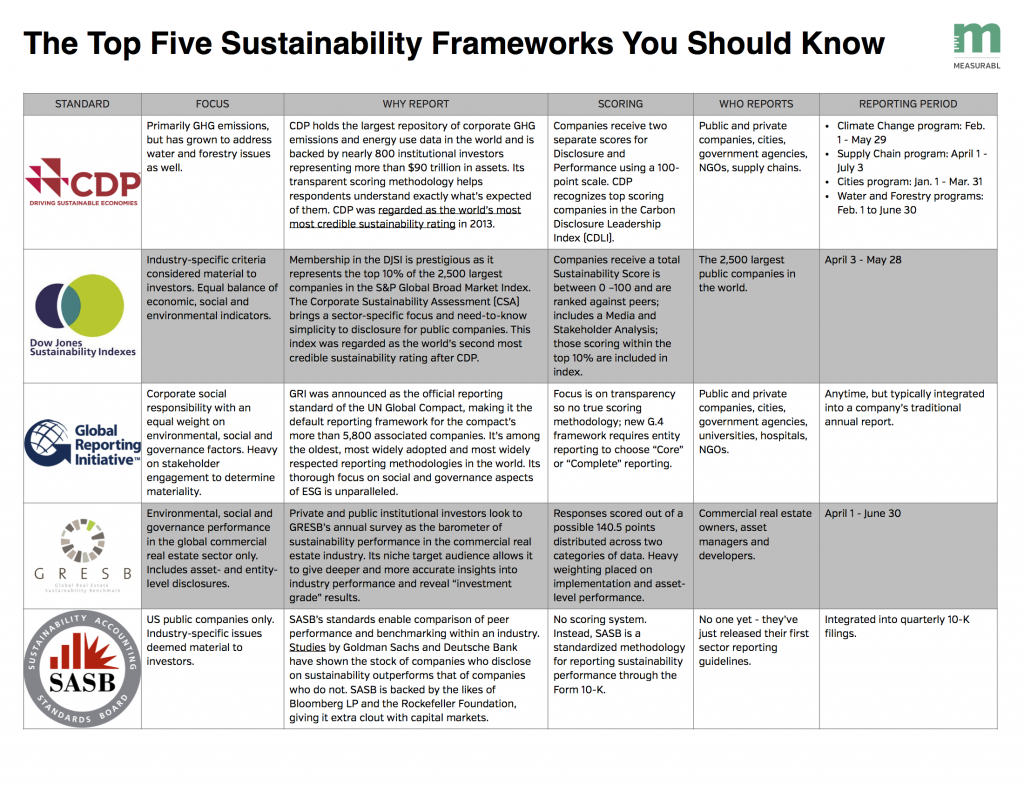
Top 5 Sustainability Reporting Frameworks Measurabl
To combat obscure materiality decisions, scholars have previously called for standardizing materiality per industry. 13 Standard setter Sustainability Accounting Standards Board (SASB) has responded to this call by creating their materiality map, which provides a standardized list of material topics per industry. 14 Conversely, other scholars.
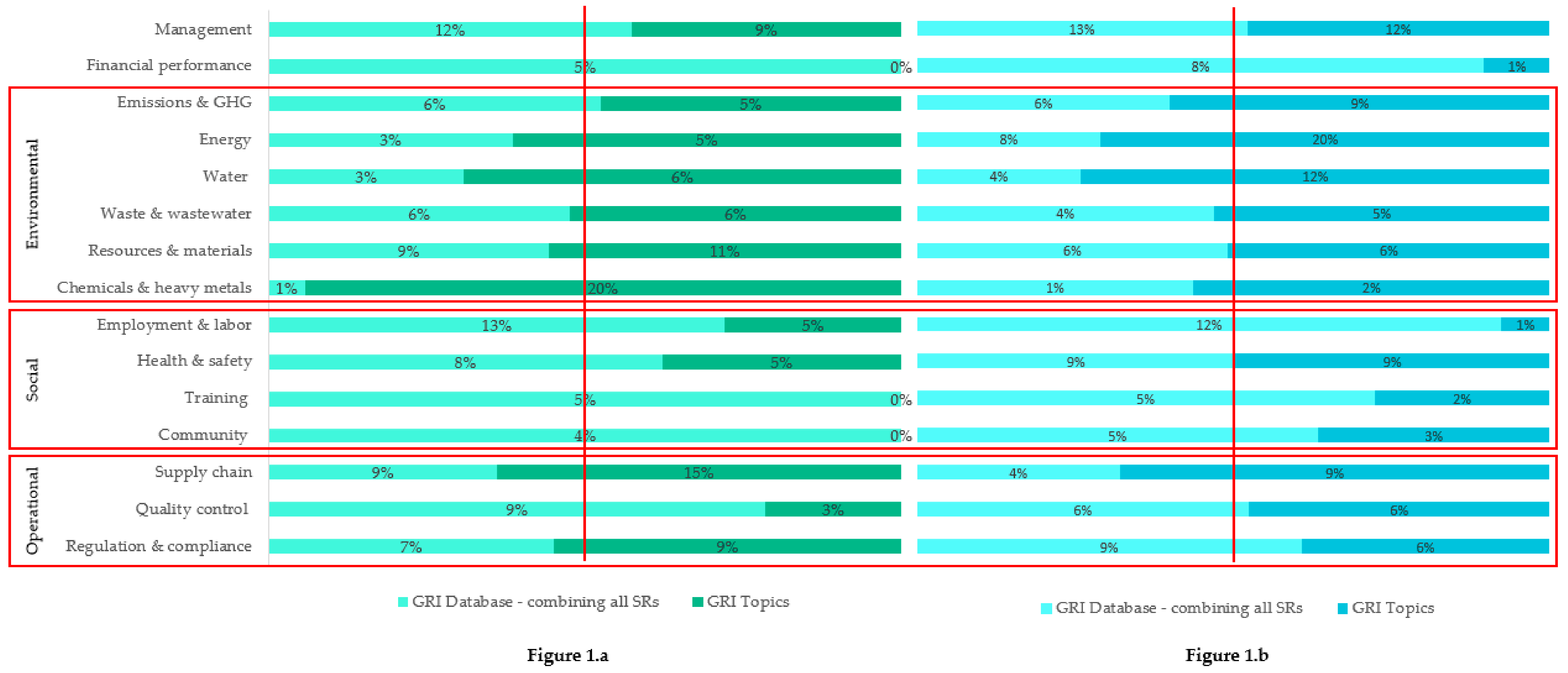
Sustainability Free FullText Approaches on the Screening Methods for Materiality in
The SASB Materiality Map is an interactive tool for identifying and comparing ESG disclosure topics across industries and sectors. The map identifies 26 sustainability-related issues, known as "General Issue Categories," that encompass a range of disclosure topics and their associated accounting metrics and vary by industry.
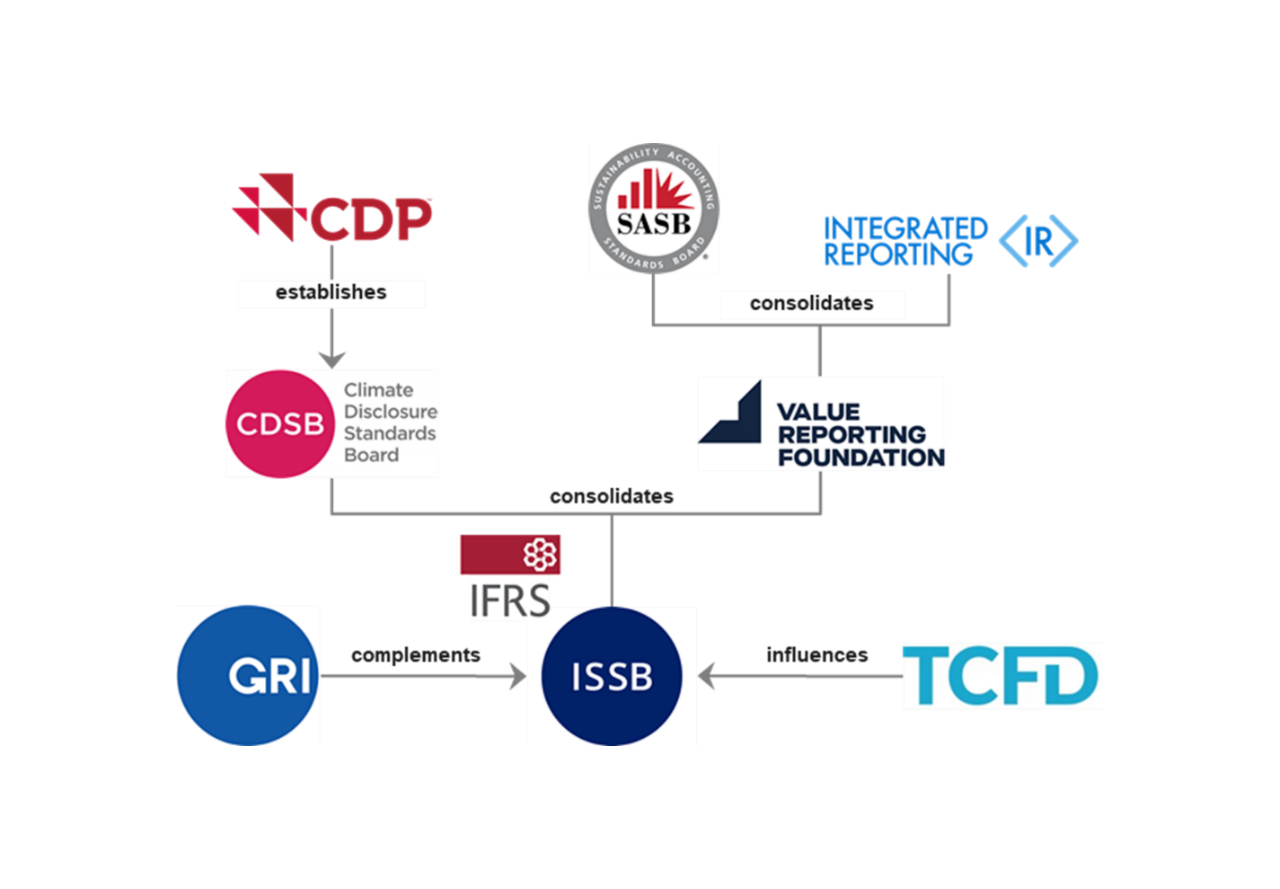
ISSB’s Proposed Framework Seeks to Unify Global Sustainability Disclosure Standards
The sasb.ifrs.org website provides a materiality map that helps users identify the sustainability issues that are most likely to affect the financial performance of different industries. The map is based on the standards developed by the Sustainability Accounting Standards Board (SASB) and the International Financial Reporting Standards (IFRS). The website also offers links to other resources.

Fillable Online Sustainability Accounting Standards Board SASB Materiality Map Fax Email Print
The SASB Materiality Map™ is a visual tool that helps users identify SASB disclosure topics on an industry-by-industry basis and compare the potential materiality of various sustainability impacts across different industries and sectors.

Conceptual Framework Accounting
Sustainability Accounting Standards Board 1045 Sansome Street, Suite 450 San Francisco, CA 94111 sasb.org Global Reporting Initiative PO Box 10039 1001 EA Amsterdam. SASB's approach to materiality is based on a financial-ly-oriented definition that is well-accepted by capital markets globally. The SASB Standards identify sustainability
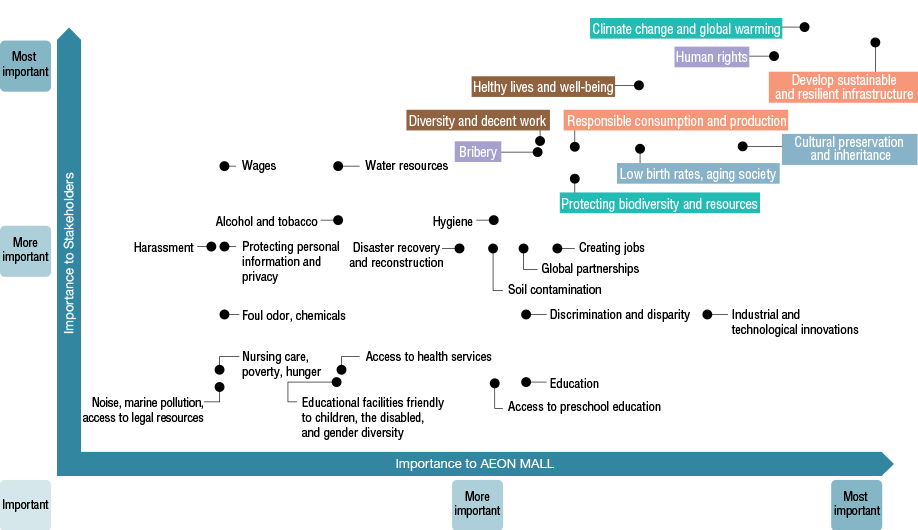
AEON MALL Sustainability AEON MALL Materiality
"As jurisdictions around the world are considering the adoption or other use of ISSB Standards, the publication of the ISSB Taxonomy only a few months after the effective date of our inaugural Standards is critical to support capital market transparency and efficiency and enable companies and investors to digitally process sustainability-related financial disclosures provided through use of.
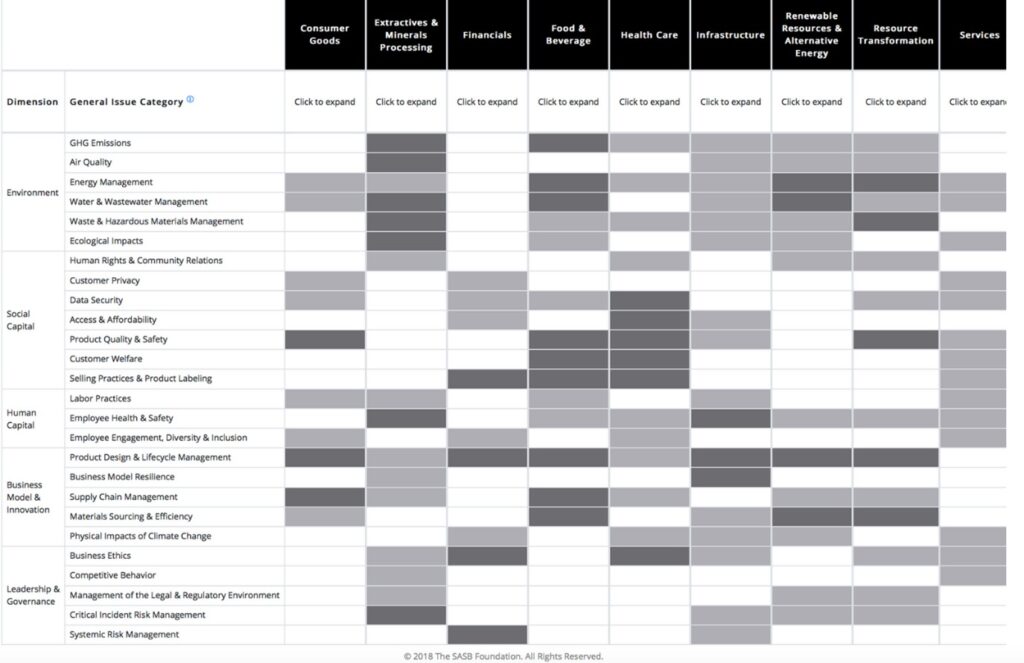
ESG ENVIRONMENTAL, SOCIAL AND CORPORATE GOVERNANCE PP&C
The Materiality Map was developed by the Sustainability Accounting Standards Board (SASB). It ranks issues by industry based on two types of evidence: evidence that investors in the industry are interested in the issue, and evidence that the issue has the ability to impact companies within the industry. Updated annually, this map is a good.

Understanding the SASB Materiality Map
The SASB Standards are used in over 3,200 companies in more than 80 jurisdictions around the world, including 75% of the S&P Global 1200 Index, because industry-based sustainability disclosures are cost-efficient for companies and decision-useful for investors. Businesses worldwide use SASB Standards to better identify, manage and communicate.
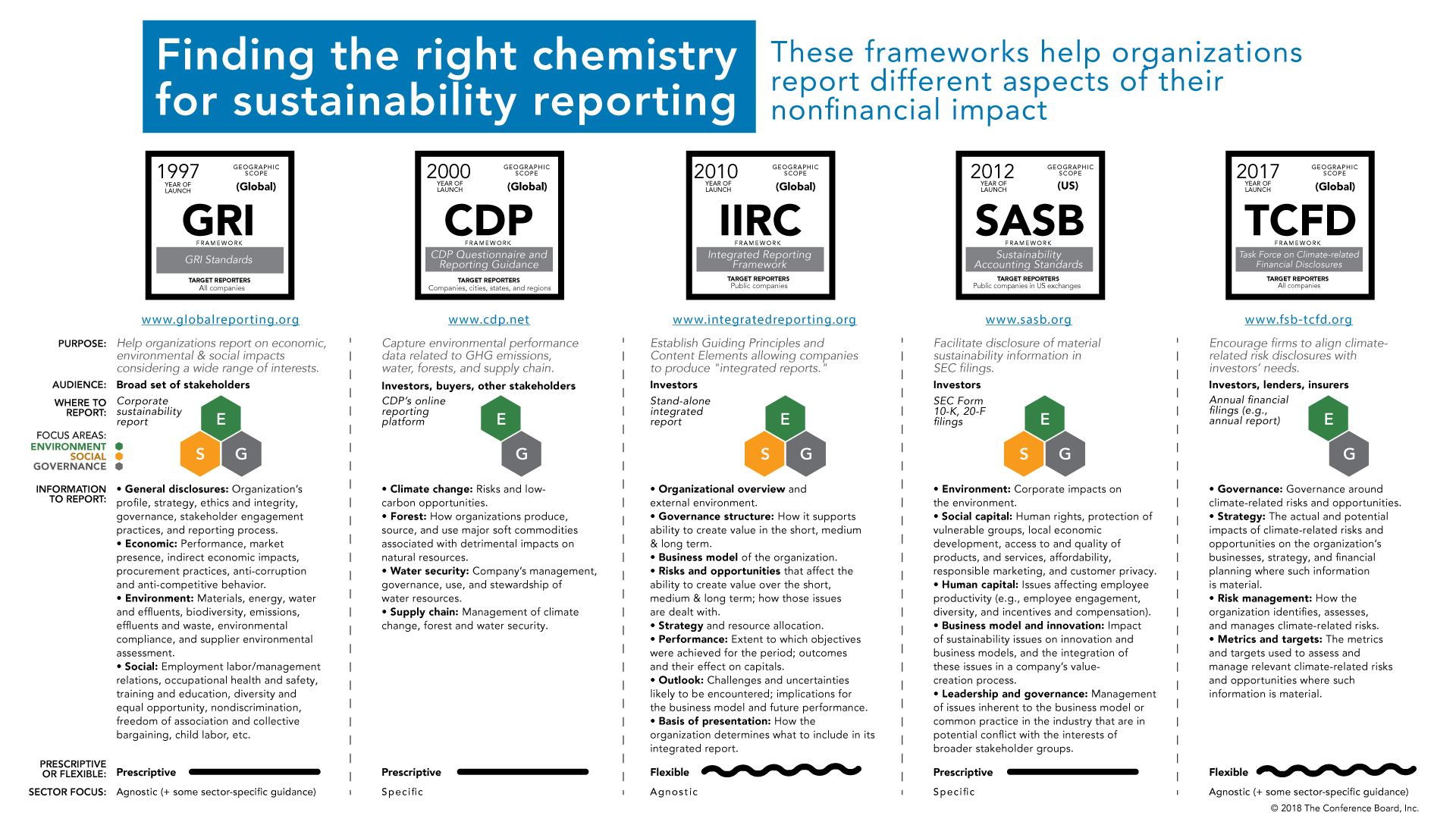
Un Sustainability Matrix
The Sustainability Accounting Standards Board (SASB) developed standards for companies to report sustainability issues that could affect their value.. The SASB Materiality Map provides a visual.

Sustainability BA0823 Integrated HR Project LibGuides at Singapore Polytechnic Library
The IFRS Sustainability Disclosure Standards issued by the International Sustainability Standards Board (ISSB) (also referred to as the ISSB Standards) form the global baseline for sustainability-related disclosures and build upon the SASB Standards and the TCFD Recommendations.Through IFRS S1 General Requirements for Disclosure of Sustainability-related Financial Information, the ISSB.
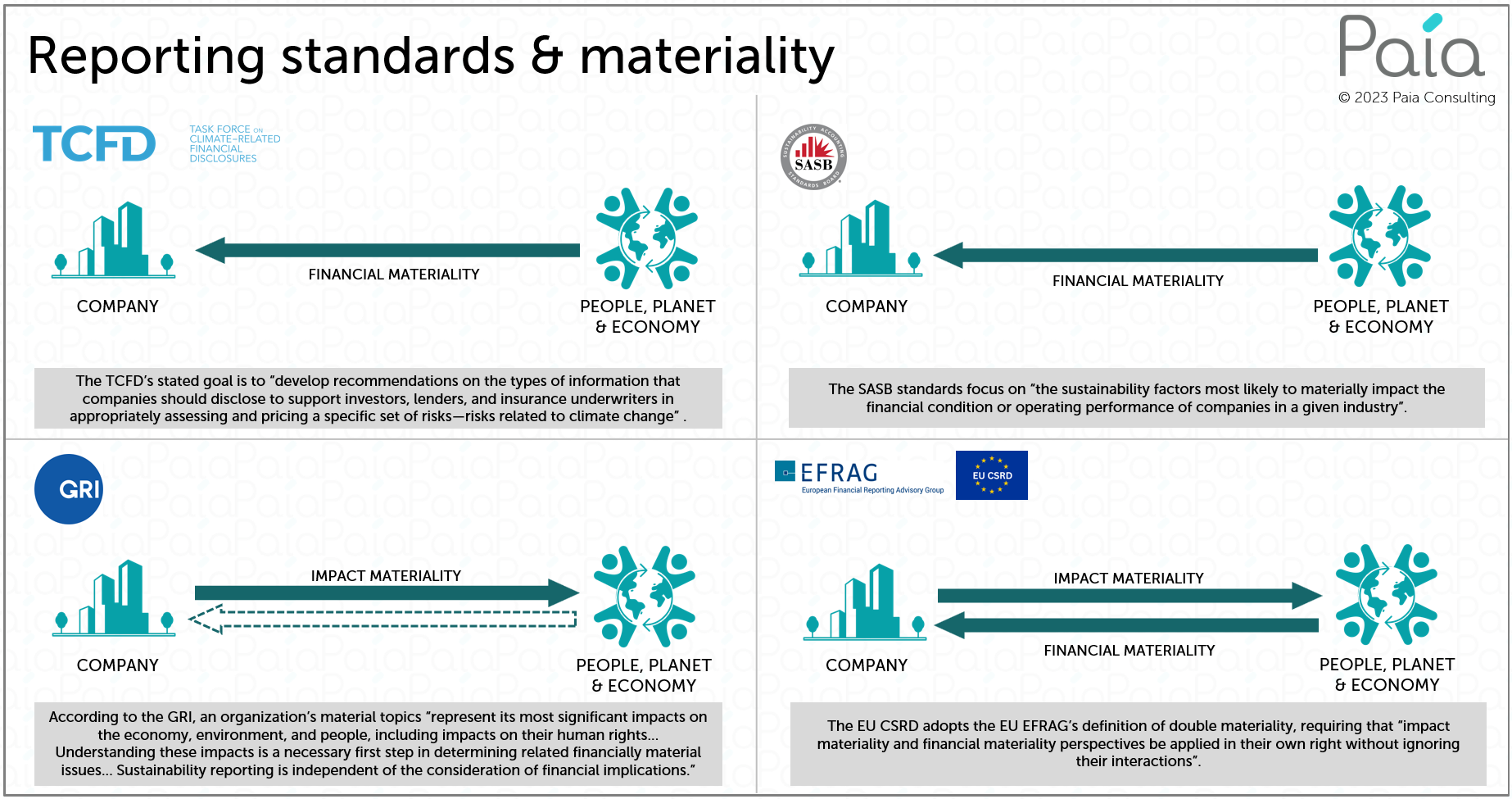
Demystifying the double materiality debate Paia Consulting
The Sustainability Accounting Standards Board (hereafter SASB) is a nonprofit organization founded in 2011 that develops industry-specific sustainability accounting standards for the production of information on material nonfinancial topics for US investors.. The SASB Materiality Map is an interactive tool that identifies material topics for.

What is the Sustainability Accounting Standards Board (SASB)? Veritrove
Author: Sustainability Accounting Standards Board Industry Group: All Industry Groups. Guidance / Tool - 2018 SASB's Materiality Map identifies likely material sustainability issues on an industry-by-industry basis. This map serves as a snapshot of likely material sustainability issues at the time of our initial analysis and may be subject to.

AIRLINES Research Brief Sustainability Accounting Standards Board
Adopting the materiality classification for the banking sector provided by the Sustainability Accounting Standards Board (SASB), the study consists of a multi-layer methodology.
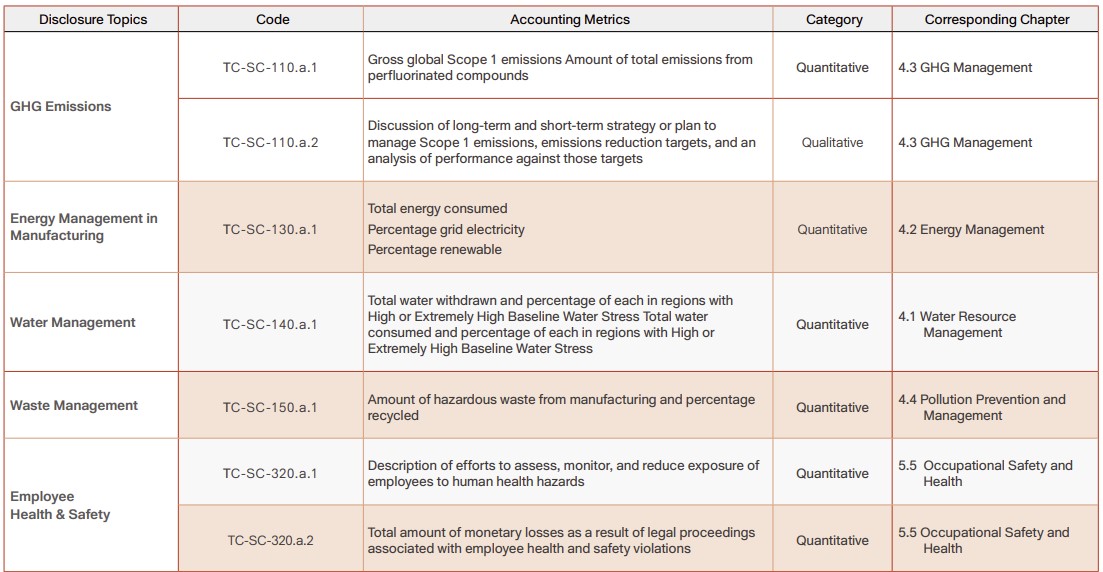
Comparison Table of the Sustainability Accounting Standards Board (SASB) Standards WAFER WORKS
Because SASB Standards are designed to identify and standardise disclosure for the sustainability-related risk and opportunities most relevant to investor decision-making in each of 77 industry verticals, SASB Standards are industry-based and primarily contain industry-based metrics. However, many risks and opportunities cut across industries.
- Dove è Nato Aurelio De Laurentiis
- Vita Privata Di Carlo Verdone
- Lettere Dei Soldati Prima Guerra Mondiale
- Stazione Di Porta Garibaldi Milano
- Dove Si Trova Il Tasto Shift
- Statistiche Dc United Inter Miami
- Rizoma Da Cui Si Ricava La Salsa Giapponese
- Le Parti Della Pianta Da Completare
- New Trolls Senza Orario Senza Bandiera
- Insalate Con Tonno In Scatola
